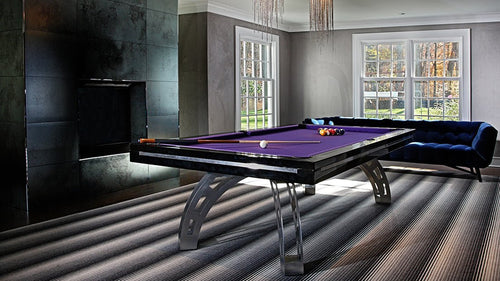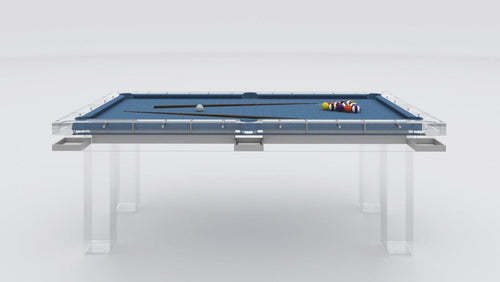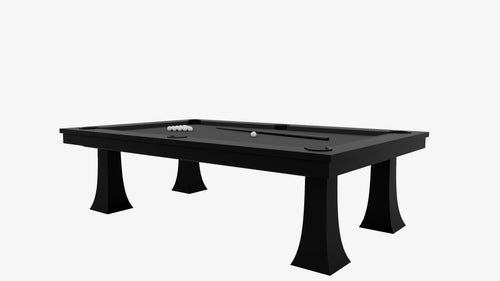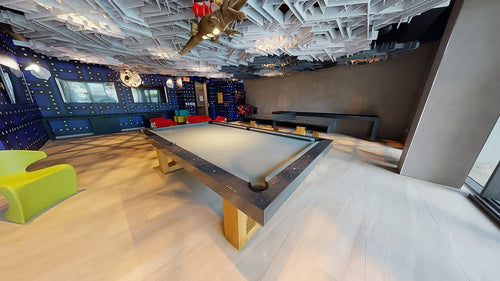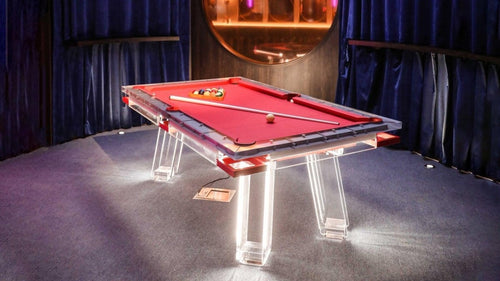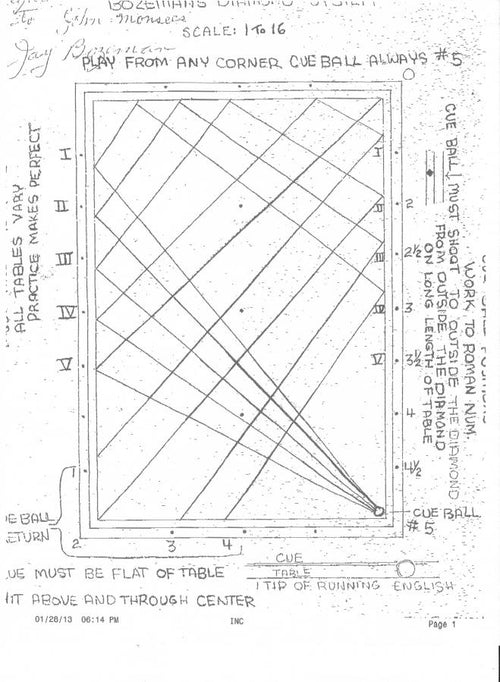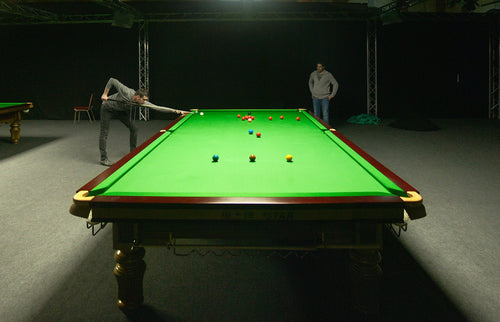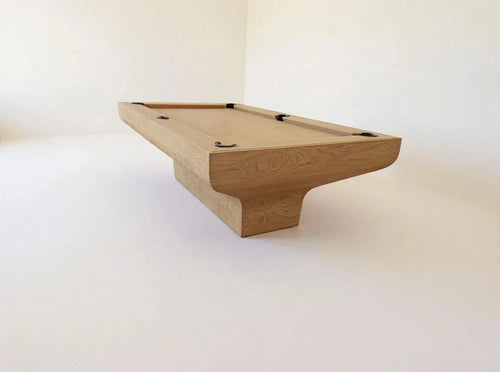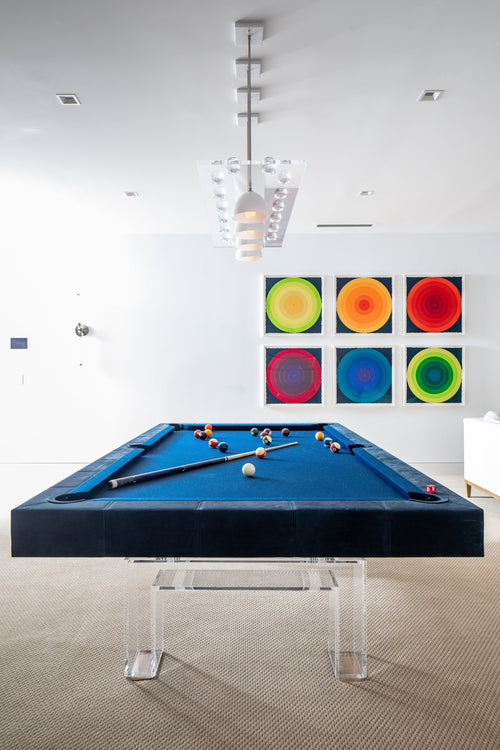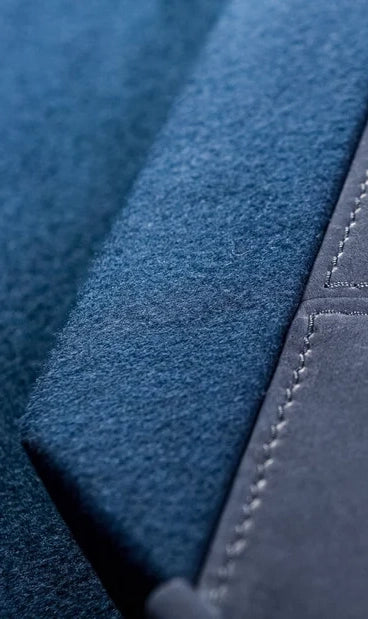Enjoy our modern designs
Estimated Read Time: 6 mins |
Early Years and Printing Beginnings
John Wesley Hyatt was born on November 28, 1837, in the rural town of Starkey, New York. At just sixteen, he struck out on his own, apprenticing as a printer in Illinois before returning to Albany, New York. His days composing type and coating fingertips with protective collodion sparked a lifelong fascination with materials—an obsession that would lead him far beyond the printing press.
The Ivory Crisis and the Prize Challenge
In the 1860s, ivory billiard balls dominated pool halls, but they were costly, scarce, and sourced through brutal elephant hunts. In 1863, Michael Phelan and a consortium of cue makers offered a $10,000 reward for an effective ivory substitute. Hyatt answered the call. His early experiments—shellacked paper pulp spheres, layered cloth composites—fell short of expectations, but he kept refining his approach.
Inventing Celluloid: Birth of Plastics
Building on nascent nitrocellulose research by Alexander Parkes and photographic collodion innovations, Hyatt developed a commercially viable solid plastic by 1869. He christened his material “celluloid,” securing U.S. Patent No. 50,359 that same year. Unlike brittle Parkesine or unstable collodion, Hyatt’s celluloid combined resilience with flawless surface finish—ideal for billiard balls, false teeth, piano keys, and beyond. Within months, celluloid reshaped the billiard industry, slashing costs and saving elephants.
Patent Battles and Business Ventures
Hyatt’s triumph wasn’t without pushback. English inventor Daniel Spill contested celluloid’s origins, leading to protracted legal battles from 1877 to 1884. Courts ultimately acknowledged Parkes’s initial discovery but allowed Hyatt’s manufacturing to continue unimpeded. Around this time, Hyatt founded the Albany Dental Plate Company (1870) and, in 1872, the Celluloid Manufacturing Company in Albany, relocating it to Newark, New Jersey, in 1873 to scale production.
Beyond Billiards: A Prolific Inventor
John Hyatt didn’t stop at plastics. Over his life he amassed nearly 240 patents covering inventions from sugarcane crushing mills and water filtration devices to the world’s first injection-molding machine and multiple-stitch sewing apparatus. In 1892, he launched the Hyatt Roller Bearing Company in Harrison, New Jersey, pioneering precision bearings that caught the eye of automotive giants. He hired a young Alfred P. Sloan in 1895, elevating Sloan to company president by 1905. By 1916, Hyatt’s bearing firm joined General Motors, helping propel Sloan toward future GM leadership.
Honors, Hall of Fame, and Lasting Impact
A recipient of the prestigious John Scott Medal in 1898 and the Perkin Medal in 1914, Hyatt’s contributions earned him induction into both the National Inventors Hall of Fame and, posthumously, the Billiard Congress of America’s Hall of Fame under Meritorious Service. He passed away on May 10, 1920, in Short Hills, New Jersey, at age 82, leaving behind a world transformed by plastic.
Legacy
John Wesley Hyatt’s life illustrates how one man’s curiosity—sparked at a printing press—can ignite entire industries. His celluloid billiard balls saved endangered elephants and democratized a beloved pastime. His plastics innovations laid the groundwork for modern materials science. And through his bearing company, he helped drive the automotive revolution. In every smooth roll of a plastic ball, in every silent hum of a roller bearing, Hyatt’s inventive spirit endures.



